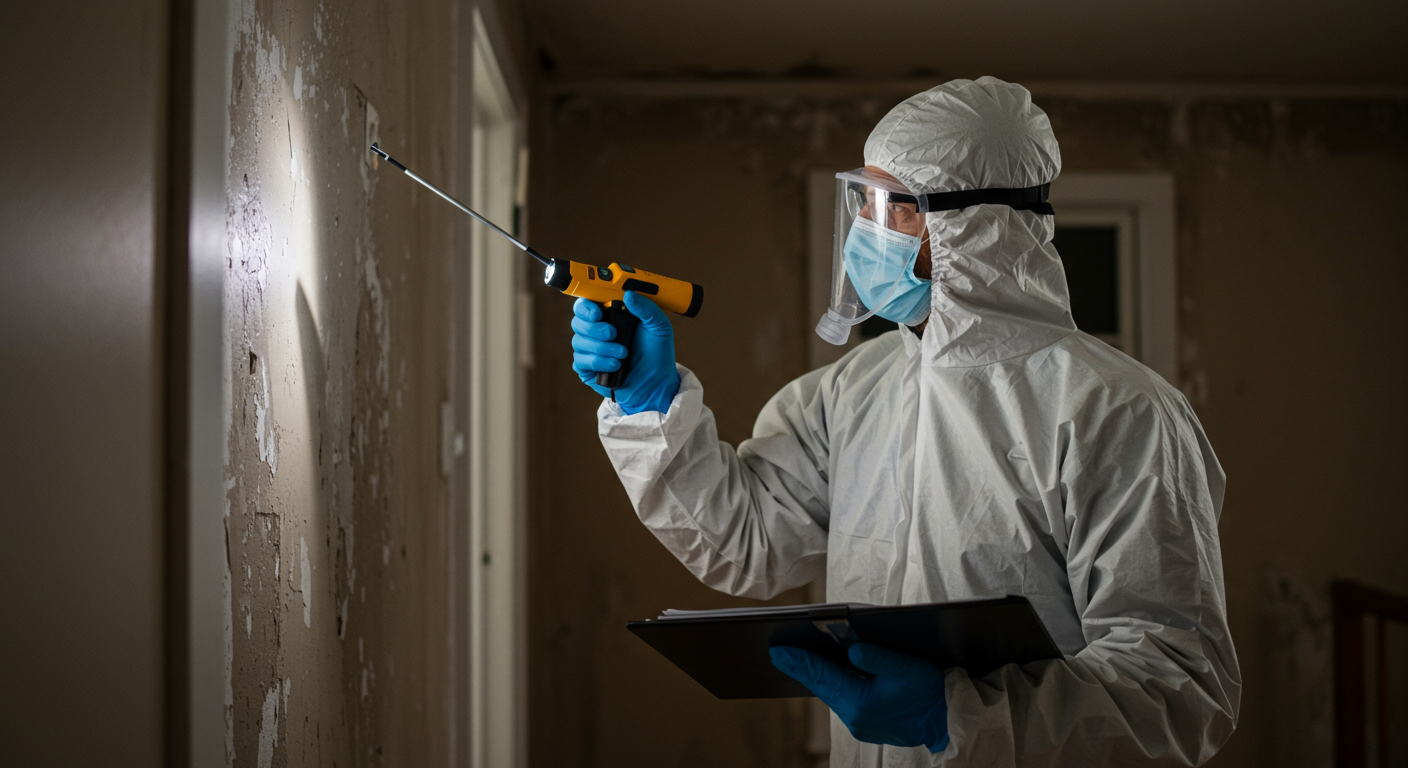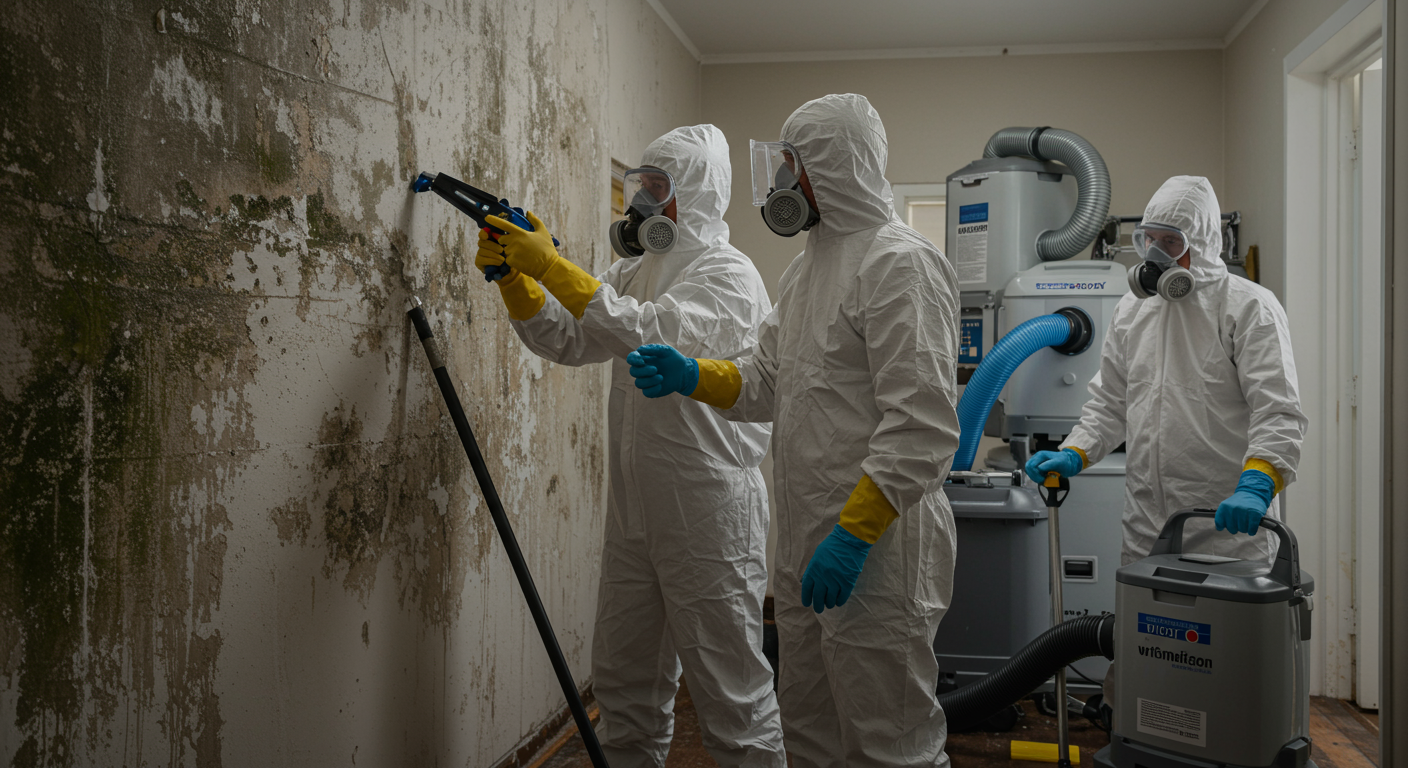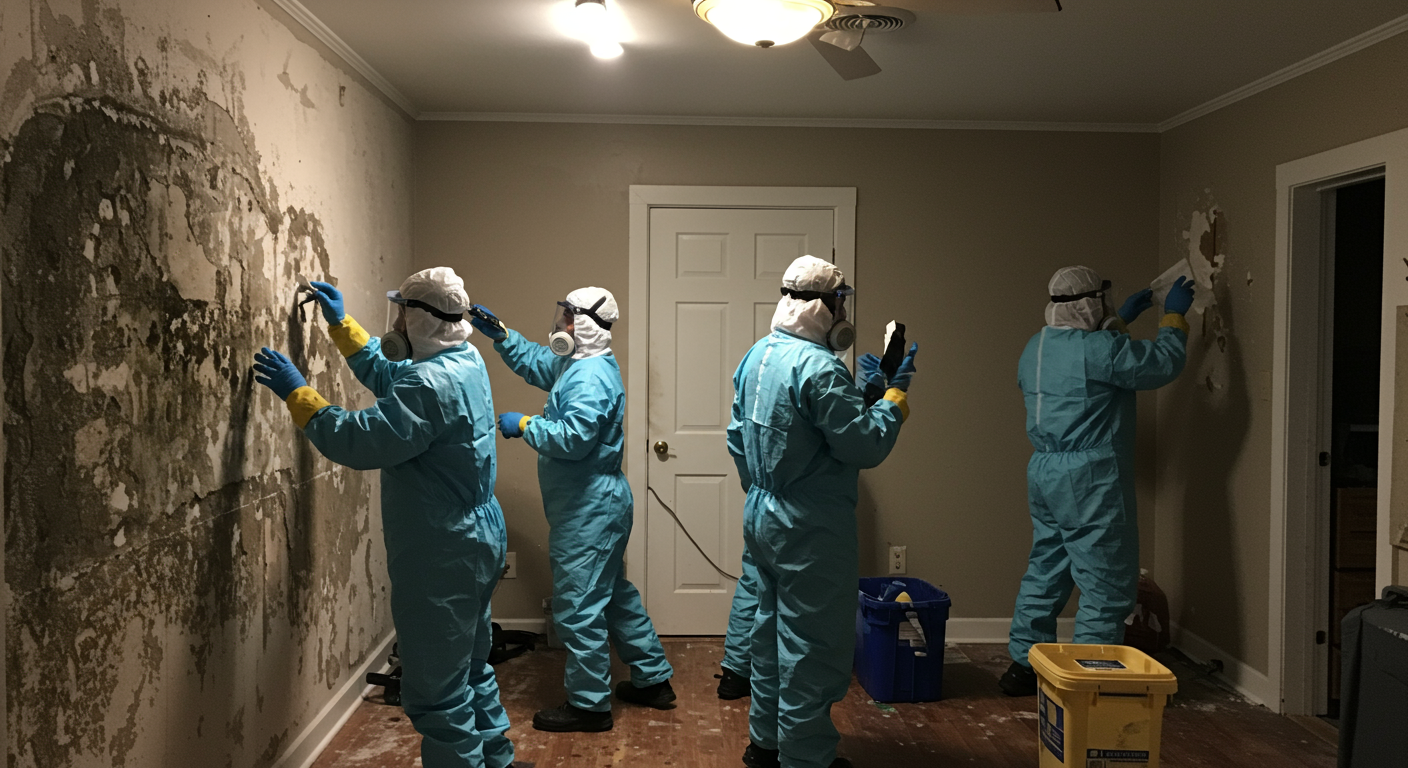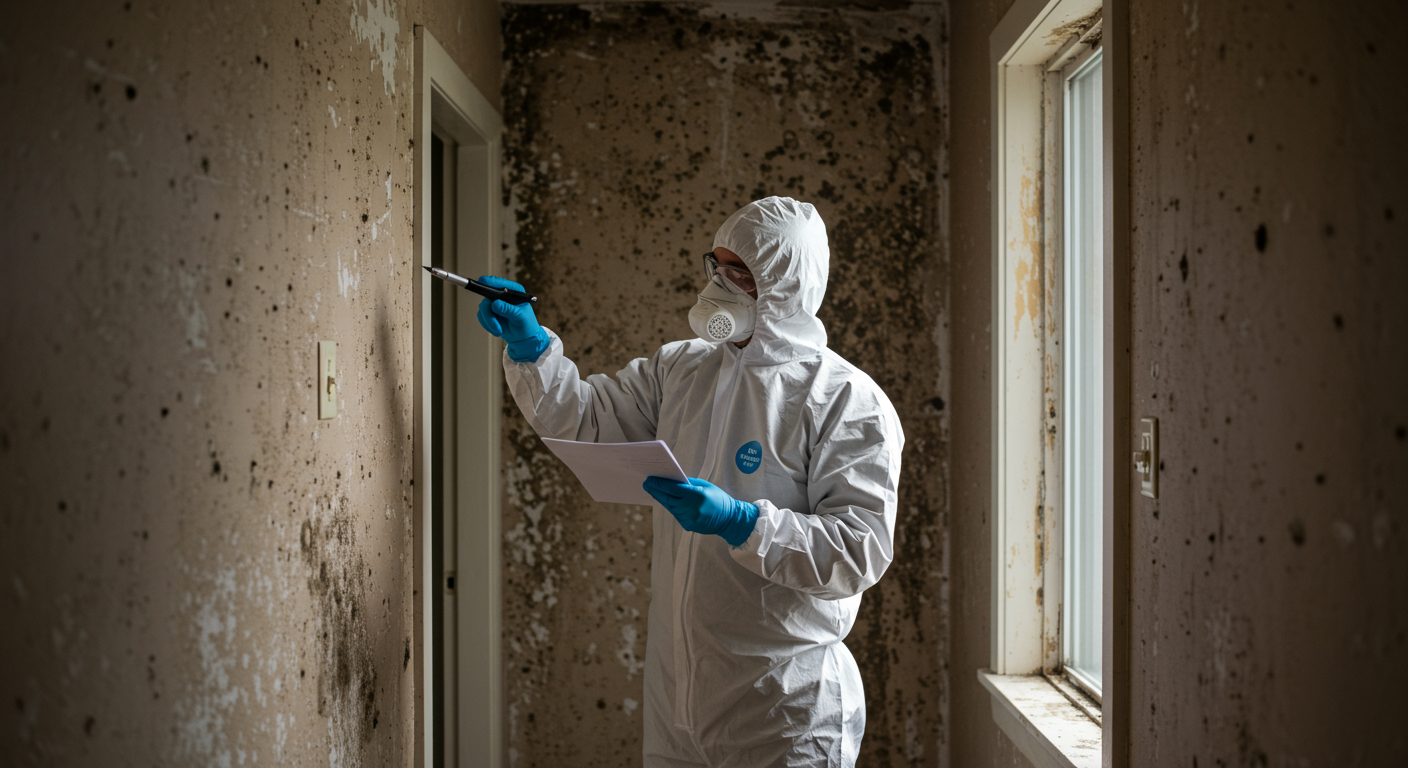Mold growth is a common issue for homeowners in Beaverton, OR, due to the region’s damp and rainy climate. Left unchecked, mold can compromise your home’s structural integrity and pose serious health risks to your family. This comprehensive guide will walk you through everything you need to know about mold remediation, from identifying the signs of mold to choosing the right service provider and preventing future growth.
Introduction to Mold Remediation in Beaverton, OR
Beaverton’s climate, characterized by frequent rainfall and high humidity, creates the perfect environment for mold growth. Mold thrives in damp, poorly ventilated areas, making basements, bathrooms, and attics particularly vulnerable. Addressing mold issues promptly is crucial to maintaining a safe and healthy living environment.
Mold remediation is the process of identifying, containing, and removing mold from your home. It also involves addressing the root causes of mold growth to prevent recurrence. Whether you’re dealing with visible mold or suspect hidden growth, professional mold remediation services in Beaverton can help restore your home to a safe condition.
Understanding Mold and Its Impact
Common Causes of Mold Growth in Homes
Mold growth is often triggered by moisture issues, such as leaks, condensation, or flooding. Poor ventilation and high indoor humidity levels can also contribute to mold development. In Beaverton, the rainy climate exacerbates these conditions, making mold a persistent problem for many homeowners.
Health Risks Associated with Mold Exposure
Exposure to mold can lead to a variety of health issues, ranging from mild allergic reactions to severe respiratory problems. Common symptoms include coughing, sneezing, skin irritation, and difficulty breathing. Prolonged exposure to mold can worsen asthma and other pre-existing respiratory conditions.
Types of Mold Commonly Found in Beaverton
The most common types of mold found in Beaverton homes include black mold (Stachybotrys), Aspergillus, and Penicillium. Black mold is particularly concerning due to its potential to release toxic spores, which can pose significant health risks.
Signs Your Beaverton Home May Have Mold
Visible Mold Growth and Discoloration
One of the most obvious signs of mold is visible growth, which can appear as black, green, or white patches on walls, ceilings, or floors. Discoloration around windows, doors, or plumbing fixtures may also indicate mold presence.
Musty Odors and Unexplained Health Symptoms
A persistent musty smell is often a telltale sign of hidden mold. If you or your family members experience unexplained allergic reactions, such as sneezing, coughing, or itchy eyes, mold could be the culprit.
Water Damage and Its Link to Mold Growth
Water damage from leaks, flooding, or condensation often leads to mold growth. If you’ve recently experienced water damage, it’s essential to inspect your home for mold, even if no visible signs are present.
The Mold Remediation Process Explained
Step 1: Inspection and Assessment
The first step in mold remediation is a thorough inspection to identify the extent of the problem. Professionals use tools like moisture meters and thermal imaging cameras to detect hidden mold and assess the severity of the issue.
Step 2: Containment and Removal
Once the mold is identified, the affected area is sealed off to prevent spores from spreading. Specialized equipment, such as air scrubbers and HEPA vacuums, is used to remove mold safely and effectively.
Step 3: Cleaning and Restoration
After the mold is removed, the area is cleaned and sanitized to eliminate any remaining spores. Damaged materials, such as drywall or carpeting, may need to be replaced. Finally, steps are taken to address the root cause of the mold, such as repairing leaks or improving ventilation.

Choosing a Mold Remediation Service in Beaverton, OR
When selecting a mold remediation service, it’s essential to choose a company with experience, certifications, and a proven track record. Look for providers who offer comprehensive services, including inspection, removal, and prevention. Reading reviews and asking for references can also help you make an informed decision.
For expert mold remediation services in Beaverton, consider Comprehensive Mold Remediation Services in Beaverton, OR. Their team of professionals is dedicated to restoring your home to a safe and healthy condition.
Preventive Measures to Avoid Mold Growth
Maintain Proper Ventilation
Good ventilation is key to preventing mold growth. Use exhaust fans in bathrooms and kitchens, and ensure your home is adequately ventilated, especially during the rainy season.
Address Water Issues Promptly
Fix leaks, repair damaged gutters, and address any water intrusion issues immediately. Regularly inspect your home for signs of water damage, such as stains or peeling paint.
Control Indoor Humidity Levels
Keep indoor humidity levels below 60% to discourage mold growth. Use dehumidifiers and air conditioners to maintain a comfortable and mold-free environment.
Conclusion
Mold remediation is a critical step in protecting your home and health in Beaverton, OR. By understanding the causes and signs of mold, choosing a reliable remediation service, and implementing preventive measures, you can create a safe and healthy living environment for your family. Don’t wait until mold becomes a serious problem—take action today to safeguard your home.
For more information on mold remediation and related services, check out Mold Remediation in Beaverton, OR: Protect Your Home and Health.


